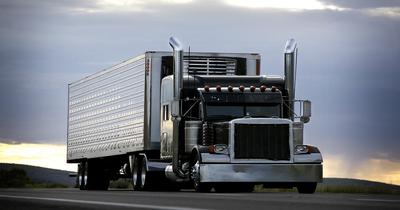Im buying a 1995 peterbilt truck that`s in operation right now what should i do to put every thing in my name and start driving. I am a truck driver.
Im buying a 1995 peterbilt that is in operation right now, i am a truck driver and i want to own my own truck,What should be done to put it in my companys name.
Comments for Im buying a 1995 peterbilt truck that`s in operation right now what should i do to put every thing in my name and start driving. I am a truck driver.
|
||
|
||





